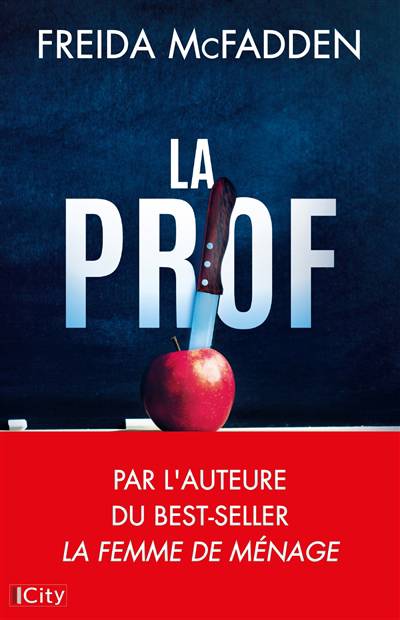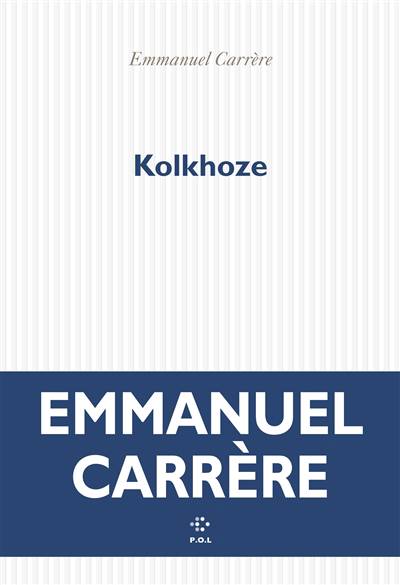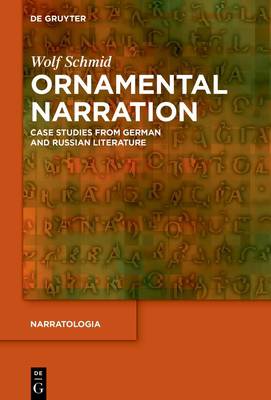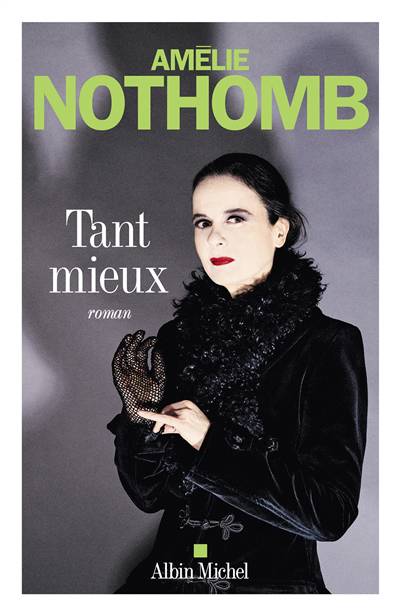
- Retrait gratuit dans votre magasin Club
- 7.000.000 titres dans notre catalogue
- Payer en toute sécurité
- Toujours un magasin près de chez vous
- Retrait gratuit dans votre magasin Club
- 7.000.0000 titres dans notre catalogue
- Payer en toute sécurité
- Toujours un magasin près de chez vous
Description
Ornamental Narration is a narration in which thematic and formal equivalences dominate. Equivalence comprises two types of relations: similarity and opposition. They have in common that the elements linked by them are identical in at least one characteristic and non-identical in another characteristic. Equivalence produces, against the sequentiality of the story, a simultaneity of elements which are often distant from one another not only on the syntagmatic axis of the text, but also on the time axis of the story. Equivalence competes with temporal links such as sequentiality and causality. This untemporal relationship brings the temporal change and its logic to light.
The study examines works by Puskin, Rilke, Čexov, Beer-Hofmann, Belyj, Babel', Vsevolod Ivanov, Nikitin, Pil'njak, Schnitzler, Zamjatin, Barskova.
Spécifications
Parties prenantes
- Auteur(s) :
- Editeur:
Contenu
- Nombre de pages :
- 193
- Langue:
- Anglais
- Collection :
- Tome:
- n° 95
Caractéristiques
- EAN:
- 9783111664743
- Date de parution :
- 30-06-25
- Format:
- Livre relié
- Format numérique:
- Genaaid
- Dimensions :
- 156 mm x 234 mm
- Poids :
- 453 g
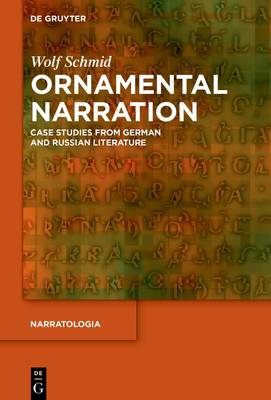
Les avis
Nous publions uniquement les avis qui respectent les conditions requises. Consultez nos conditions pour les avis.


